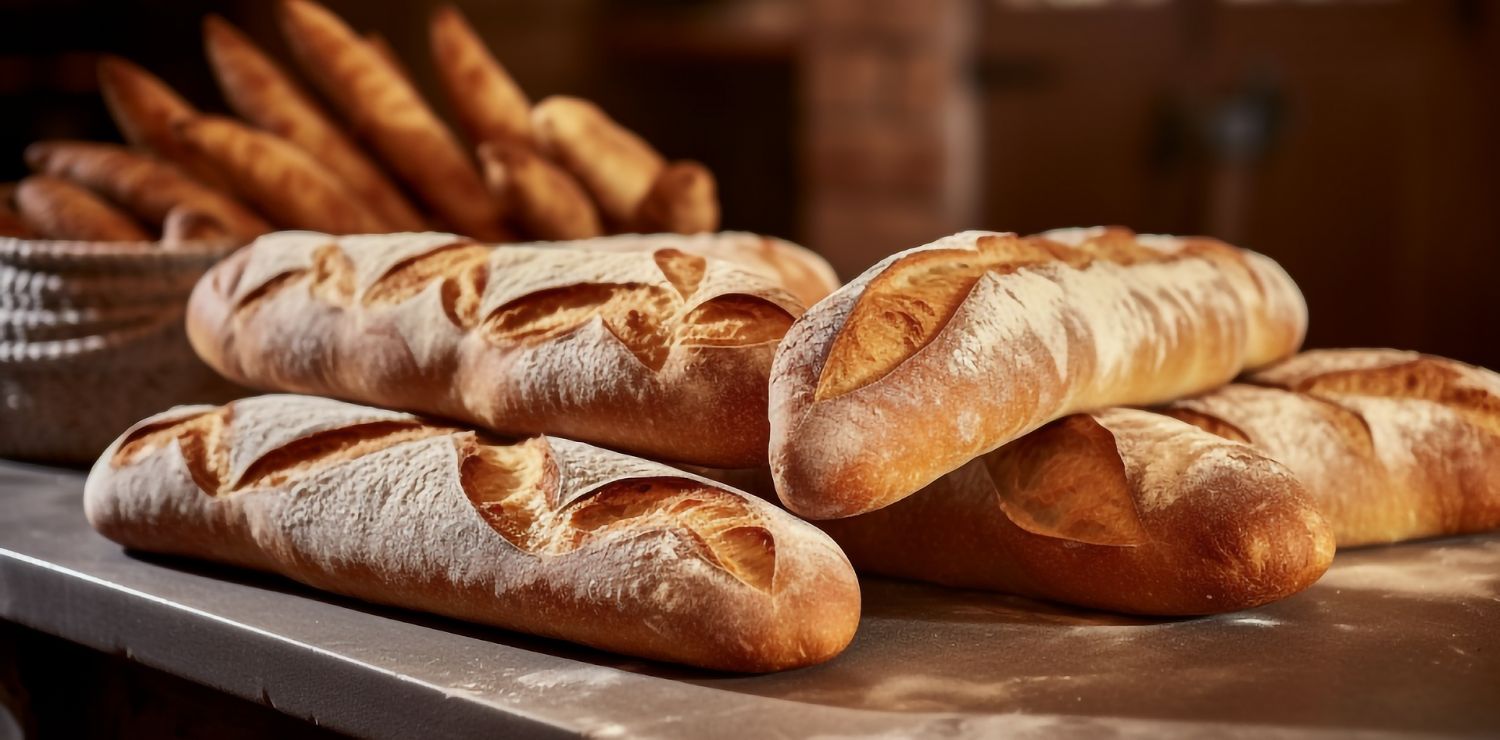Understand everything about using bread knives
Bread knives are often overlooked in our kitchens, relegated to a secondary role behind chef’s knives and utility knives. However, these specialized tools play a vital role in everyday meal preparation and can make a huge difference in the quality of your culinary experience. In this article, we’ll explore the art of cutting with bread knives, highlighting their features, proper techniques, and some tips for maximizing their use.
Characteristics of bread knives
Bread knives are distinguished by their serrated blades, designed specifically to slice through crispy crusts without crushing the soft interior of the bread. These serrated blades can vary in shape and size, but the main purpose remains the same: to provide precise cutting for everything from French baguettes to rustic loaves.
Proper Cutting Techniques
1. The back and forth movement
The most common cutting technique with a bread knife is the back-and-forth motion. Place the knife at a slight angle and slide the blade across the loaf in a sawing motion. This technique is ideal for crustier breads, ensuring a clean cut without compressing the crumb.
2. The tilting movement
For more delicate breads, such as baguettes, the rocking motion is best. By gently rocking the blade back and forth, you can cut thin slices without damaging the internal structure of the bread.
3. The angle of attack
Be sure to maintain the correct angle of attack. A slight tilt of the knife allows for a more efficient cut and reduces resistance when cutting.
Tips for Maximizing the Use of Bread Knives
1. Regular sharpening
Blade sharpness is crucial for an effective bread knife. Since bread knives are often subject to wear, regular sharpening keeps the teeth sharp and ready to cut.
2. Proper cleaning
After each use, wash the bread knife thoroughly to avoid the accumulation of crumbs and residue. Proper cleaning extends the life of the blade and ensures optimal hygiene.
3. Versatile use
Although designed for cutting bread, these versatile knives can also be used for slicing thick-skinned fruits, cakes and even vegetables.
Conclusion
Bread knives deserve a special place in our kitchens. Their ability to deliver clean slices while preserving the texture of the bread makes them essential tools. By understanding the characteristics of these knives and mastering the proper cutting techniques, you can maximize their use and enhance your daily cooking experience. So, the next time you’re making a delicious baguette or an artisanal loaf, don’t forget the importance of a good bread knife!







Japan's Cultural Treasures: Between Culinary Tradition and Excellence
Mastering the Art of Sharpening: A Complete Guide to Using Sharpening Steels